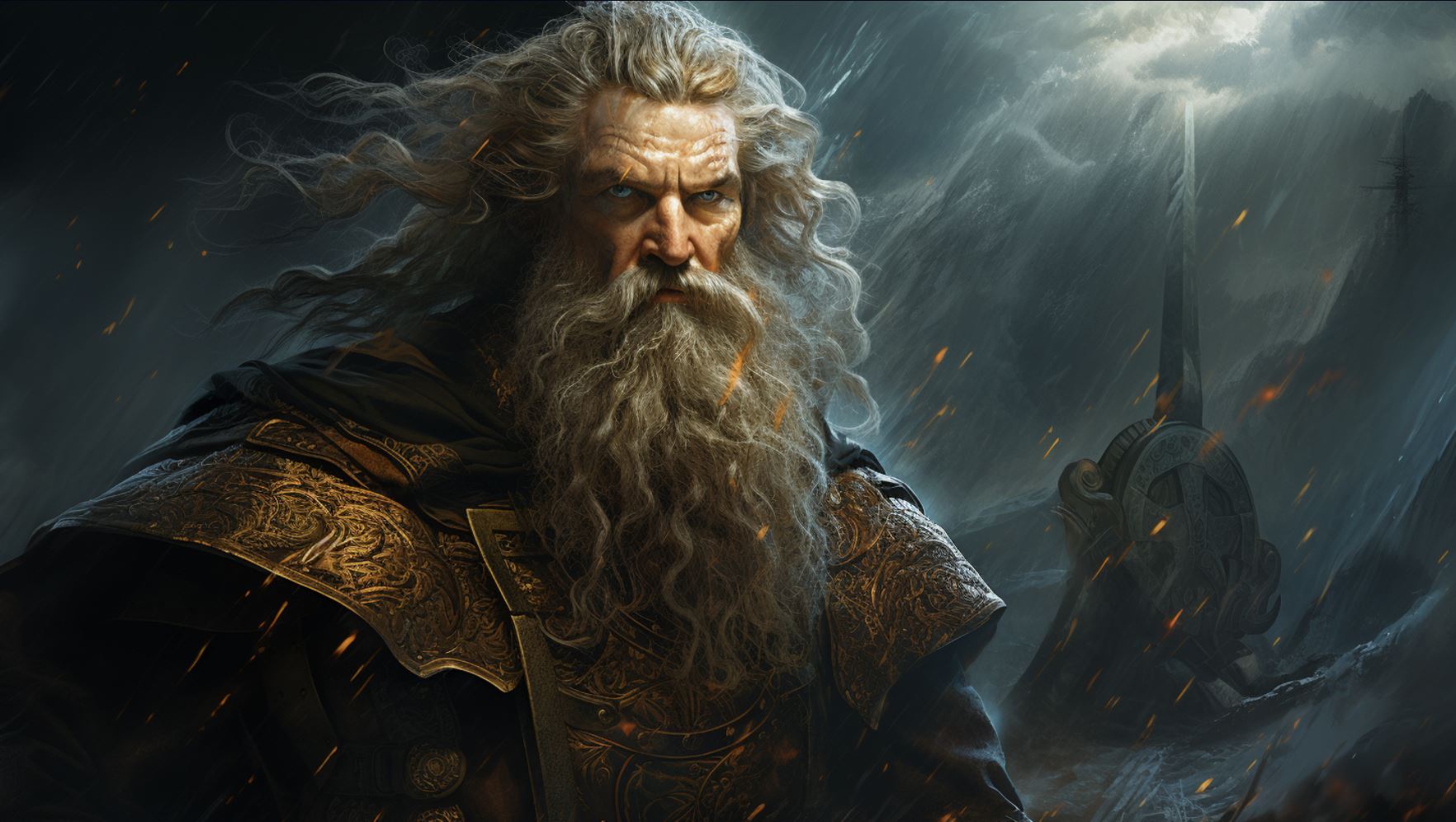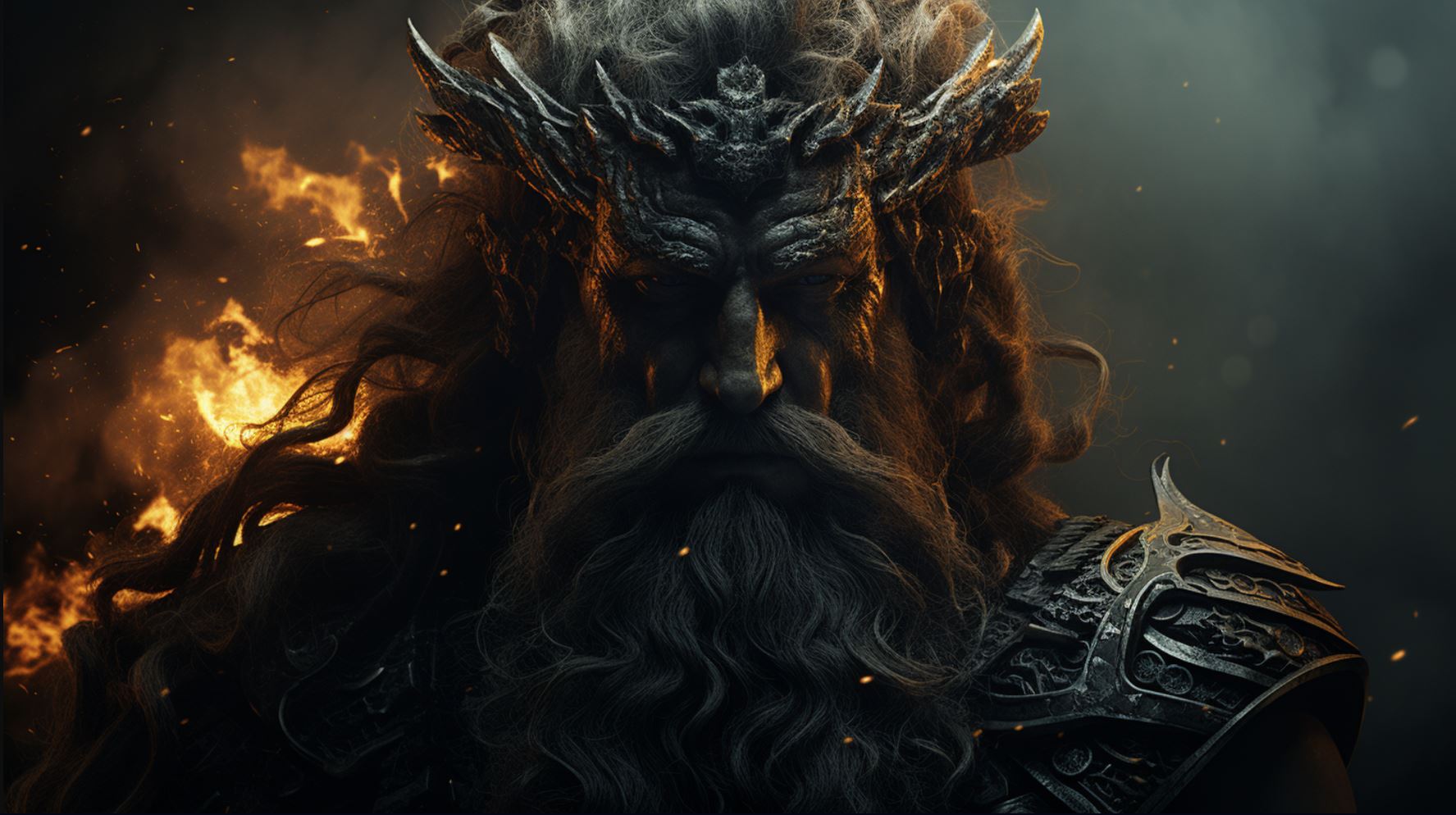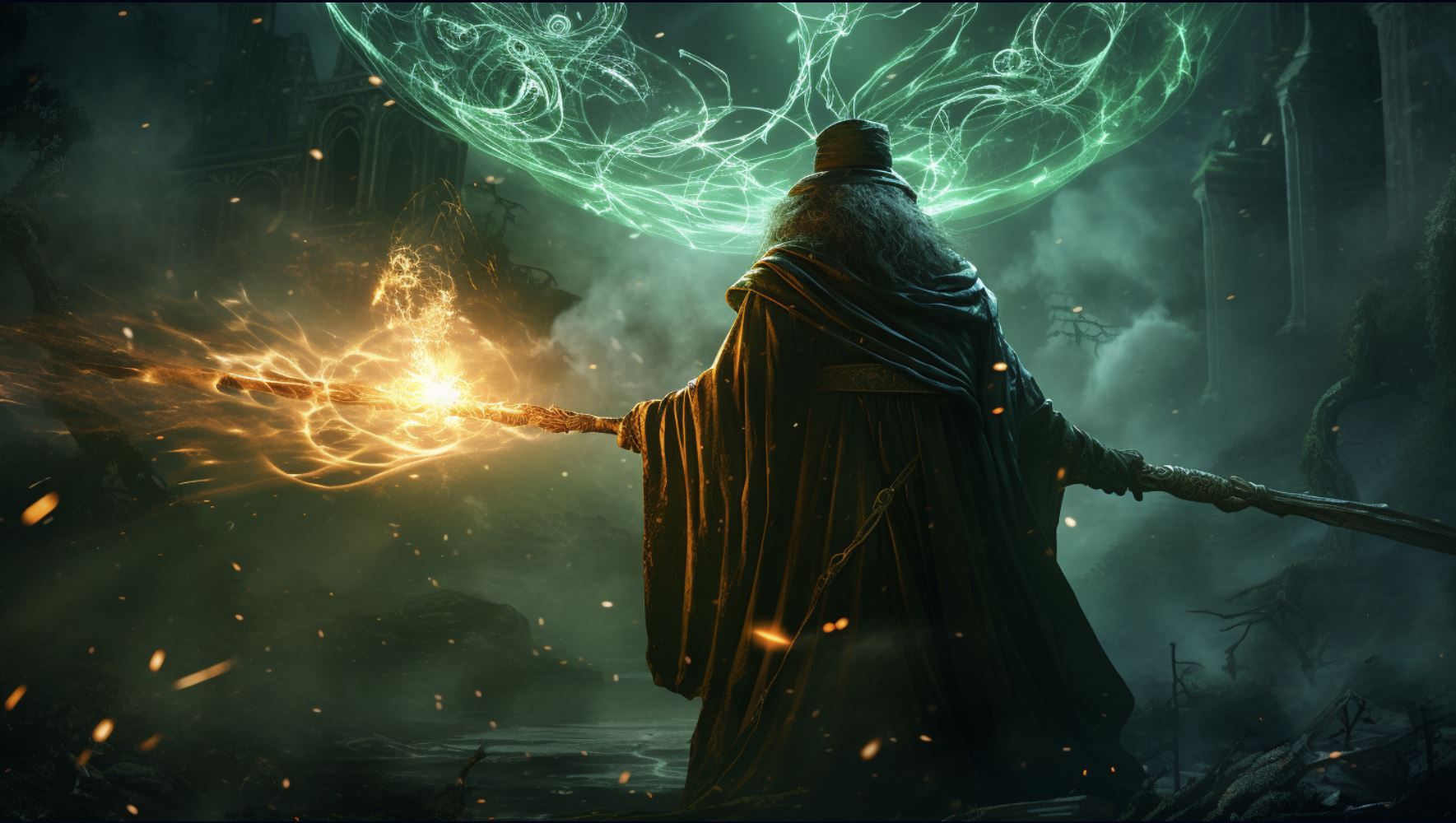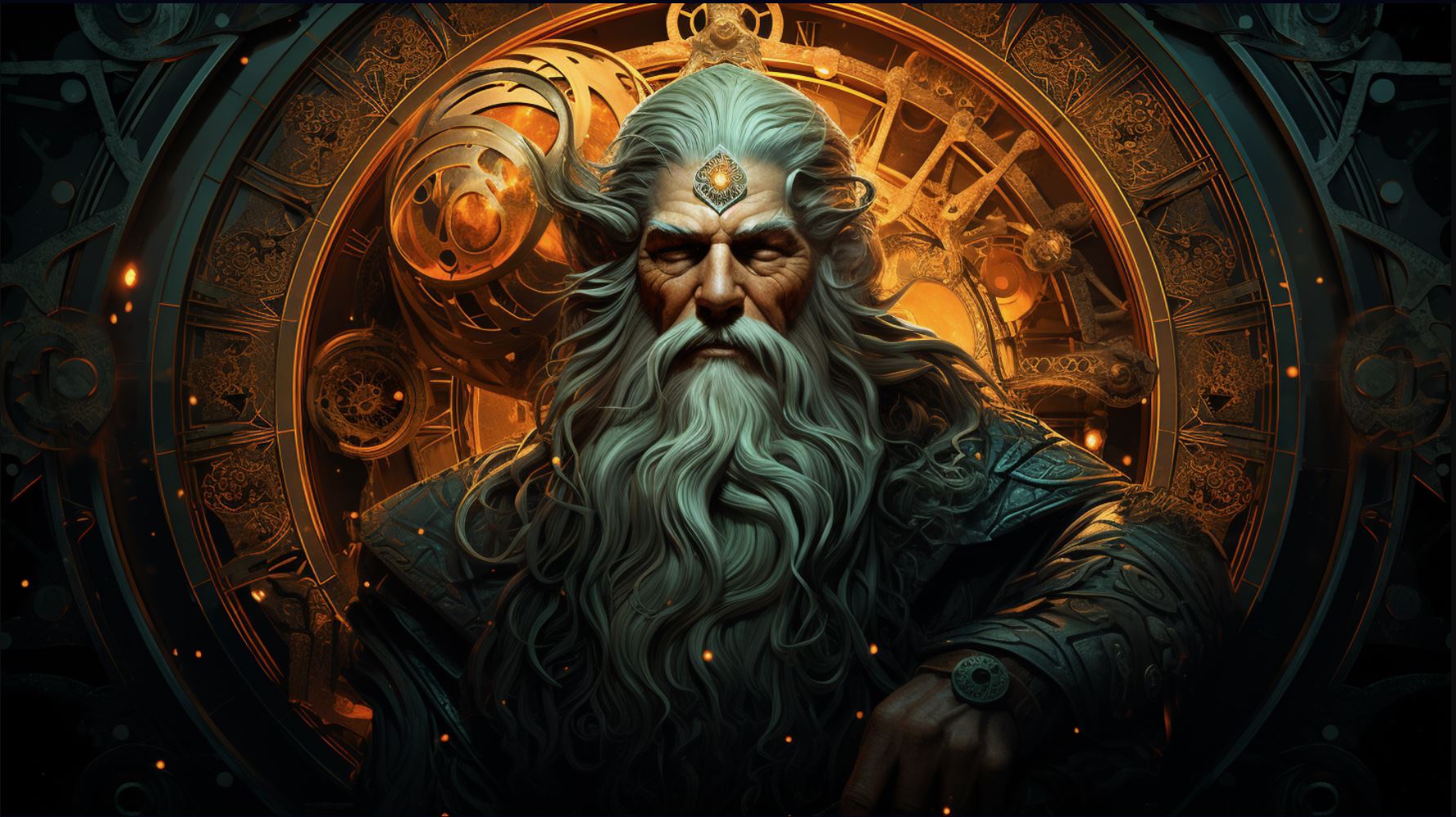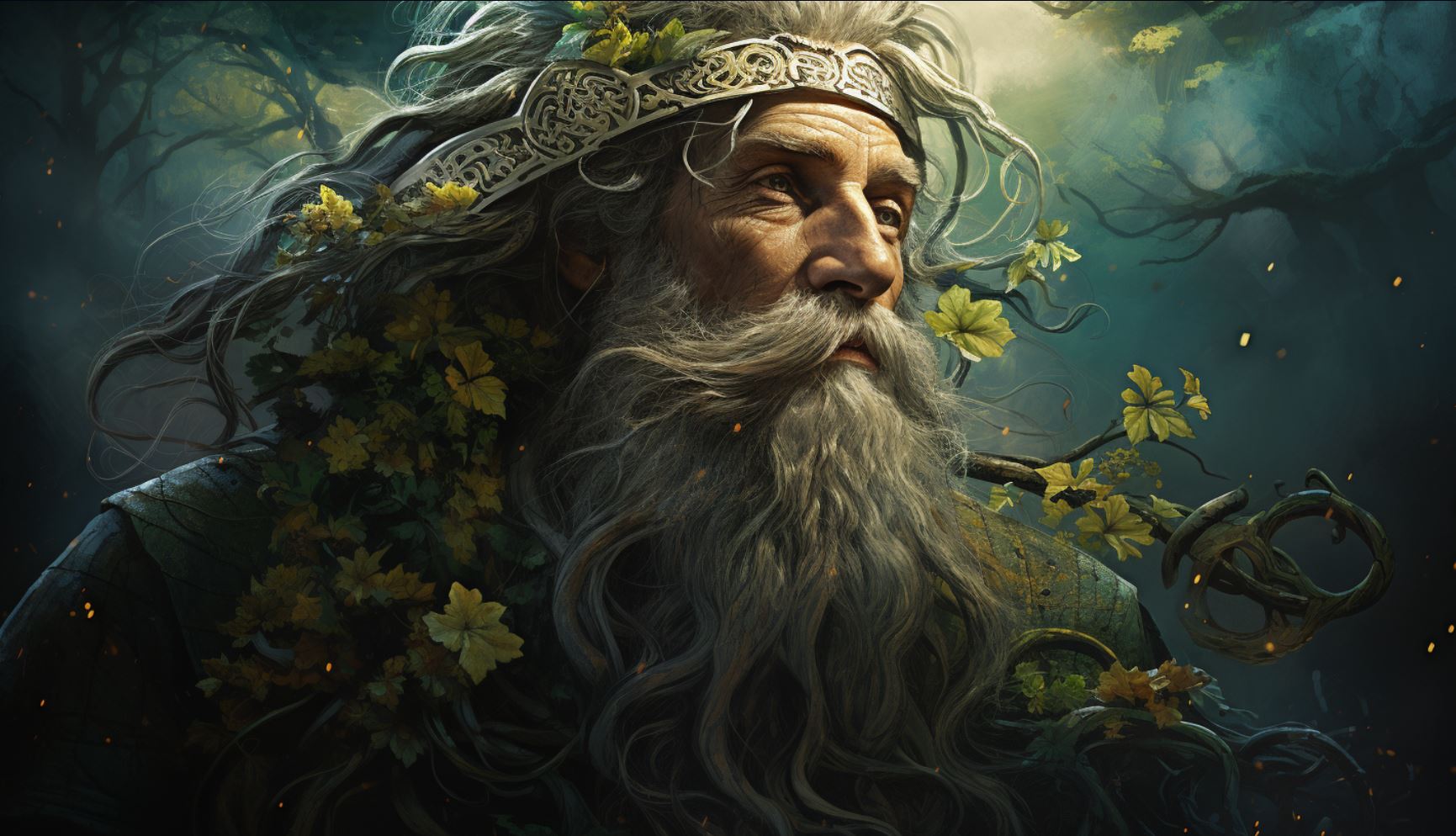Lugh Celtic God: Unveiling the Mighty Deity of Irish Mythology
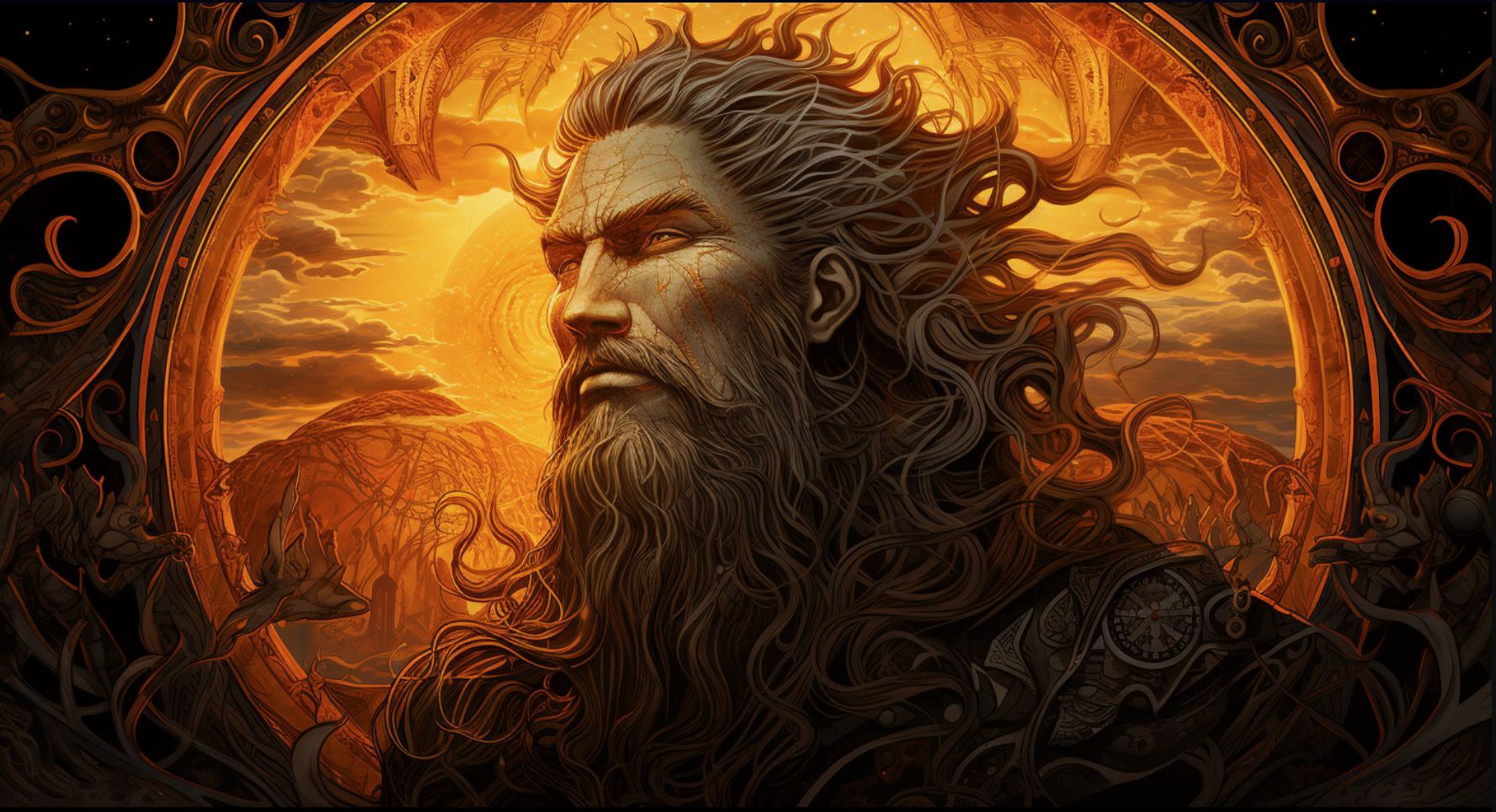
Lugh, the Celtic God, holds a prominent position in ancient Celtic mythology. Known as a solar deity and fierce warrior, Lugh is associated with storms and possesses powerful mystical weapons.
His family ties include being the father of legendary Irish warrior Cú Chulainn. Lugh played significant roles in various mythological events, such as the Battle of Magh Tuireadh. His influence even extends to place names across Europe and Britain.
Drawing comparisons to Mercury and Hermes, Lugh’s expertise in all arts earned him the title of Samildánach. This article delves into the origins, mythological significance, and cultural impact of Lugh.
Origins and Characteristics of Lugh
Lugh, the Celtic god, possesses a rich tapestry of origins and characteristics that define his esteemed status in ancient Celtic mythology. This section explores the birth and family lineage of Lugh, elaborates on his role as a solar deity and formidable warrior, and delves into the mythological symbols and weapons associated with this revered god.
Birth and Family of Lugh
The birth of Lugh holds significant intrigue in Celtic mythology. Legend has it that he was born from the union of the Tuatha Dé Danaan princess Ethniu and the Fomorian king Balor of the Evil Eye.
This unique lineage bestowed upon Lugh a potent blend of divine and mortal ancestry, rendering him an extraordinary figure in Celtic lore.
Lugh as a Solar Deity and Warrior
As a solar deity, Lugh radiates the power of the sun and embodies its life-sustaining energy. His association with the sun symbolizes his role as a bringer of light, warmth, and growth.
In addition to his solar attributes, Lugh is renowned as a formidable warrior, renowned for his prowess in battle and strategic acumen. His divine presence on the battlefield evokes awe and admiration, inspiring Celtic warriors to emulate his fearless spirit.
Mythological Symbols and Weapons Associated with Lugh
Lugh’s mythological symbols and weapons further enhance his mythical prowess. One of his most iconic weapons is his invincible spear, which strikes fear into the hearts of his adversaries. Additionally, Lugh possesses a mystical sling, known for its accuracy and deadly precision.
Notably, he wields the legendary sword Fragarach, the “Answerer,” capable of cutting through any foe. These divine artifacts underscore Lugh’s indomitable power and his status as a deity of unwavering might.
Lugh’s Role in Celtic Mythology
Lugh, the revered Celtic deity, played a significant role in Celtic mythology, his exploits intertwined with the rich tapestry of ancient legends. This section delves into Lugh’s involvement in various mythological events and his impact on the Celtic pantheon.
Union with the Tuatha Dé Danann
One of Lugh’s pivotal moments in Celtic mythology was his union with the Tuatha Dé Danann, the mythical race of gods. As a demigod, Lugh showcased his exceptional skills, talents, and wisdom to the Tuatha Dé Danann, ultimately earning his place amidst their divine ranks.
Lugh’s Participation in the Battle of Magh Tuireadh
The Battle of Magh Tuireadh stands as a defining moment in Celtic mythology, showcasing Lugh’s prowess as a warrior. In this intense clash against the Fomorians, Lugh emerged as a charismatic leader, guiding the Tuatha Dé Danann to victory with his strategic brilliance and formidable combat skills.
Involvement in Other Mythological Traditions and Cycles
Beyond his union with the Tuatha Dé Danann and the Battle of Magh Tuireadh, Lugh’s mythical presence echoes in various other traditions and cycles. His name resonates in folklore, encompassing tales of heroic deeds, magical encounters, and divine interventions.
As the stories unfold, Lugh’s multifaceted character adds depth to the rich tapestry of Celtic mythology.
Throughout the annals of Celtic folklore, Lugh’s exploits and interactions with other deities reshaped the mythological landscape.
His influence extended to the lives of mortals, shaping the course of history and leaving a lasting imprint on the traditions and beliefs of ancient Celtic cultures.
Lugh’s Influence on Place Names
Lugh’s Name in European Continental and British Place Names
Lugh, the esteemed Celtic god, has left his mark on the landscape of Europe and Britain through numerous place names that bear his name.
These place names serve as a testament to Lugh’s wide-reaching influence and the reverence with which he was held by ancient Celtic societies.
From the grandeur of Lugdunum, now known as Lyon in France, to the picturesque town of Lugnvallium, or Carlisle, in the United Kingdom, the prevalence of Lugh’s name in these geographical locations indicates the strong presence and impact of the Celtic religion and mythology in these territories.
Additional examples of Lugh-based place names include Lugdunum Batavorum in the Netherlands and Lugovalium, present-day Carlisle. These names not only provide a glimpse into the historical significance of Lugh, but they also serve as a reminder of the enduring legacy of Celtic culture in these regions.
Exploring the Toponymy of Lugh
Beyond mere place names, the toponymy associated with Lugh offers deeper insight into the specific attributes and associations attributed to the Celtic deity. The analysis of these place names provides valuable clues into the cultural and mythological significance of Lugh in different regions.
By examining place names such as Lugnasad, an ancient Gaelic festival held in August, and Lughnasagh Hill in Scotland, we can discern Lugh’s connection to seasonal celebrations and rituals. The prevalence of these names suggests Lugh’s enduring presence in the cultural practices and beliefs of Celtic communities.
Further exploration of toponymy related to Lugh reveals his ties to natural features such as mountains, rivers, and forests. Mounteagle in Ireland, for example, is believed to derive its name from “Lugh’s Mountain,” emphasizing his association with high places and commanding vistas.
Overall, the toponymy associated with Lugh unveils the deep cultural resonance and geographic spread of his worship. It serves as a testament to the lasting impact and influence of this revered Celtic god on the landscapes and communities of Europe and Britain.
Comparisons to Other Mythologies
Lugh’s Similarities to Mercury and Hermes
Lugh, the Celtic God, shares striking similarities with the Roman deity Mercury and the Greek God Hermes. Like Mercury and Hermes, Lugh is associated with various realms of expertise, embodying intellect, communication, commerce, and trickery.
All three deities are recognized as messengers of the gods, facilitating communication between the divine realm and mortals. Their roles as guides and protectors of travelers further align them in their mythological functions.
Linkages and Divergences with Other God Figures
While Lugh exhibits parallels to Mercury and Hermes, he also possesses distinct characteristics that differentiate him from other god figures in different mythologies. In the Celtic context, Lugh’s identity as a solar deity and a fierce warrior sets him apart.
He wields powerful mystical weapons, such as his invincible spear, the Fragarach, and is associated with storms and lightning, emphasizing his role as a god of war and natural forces. These variations contribute to the diversity and richness of the mythological traditions across different cultures.
Lugh as Samildánach: Expert in All Arts
The Power and Impressive Nature of Lugh as a Celtic God
Lugh, known as Samildánach, holds a position of utmost power and reverence among the Celtic gods. His multifaceted abilities and expertise in various arts make him a deity of unparalleled significance.
Lugh’s prowess extends beyond his role as a warrior and solar deity; he embodies the essence of creativity, knowledge, and craftsmanship.
As the Expert in All Arts, Lugh exemplifies excellence in every endeavor he undertakes.
Whether it be poetry, music, storytelling, or the mastery of any trade, Lugh surpasses expectations with his unmatched skills. His divine talents inspire awe and admiration, elevating him to the status of a deity worthy of worship.
One of the most remarkable aspects of Lugh’s power lies in his ability to seamlessly transition between different artistic domains. His versatility and adaptability grant him the capacity to excel in any discipline he chooses, making him an icon of excellence and ingenuity.
Examining Lugh’s Cultural and Symbolic Significance
Lugh’s cultural and symbolic significance permeates various aspects of Celtic mythology and society. As the epitome of mastery, Lugh serves as an inspiration for individuals striving for excellence in their respective fields.
His association with the sun symbolizes warmth, light, and the life-giving energy essential for sustenance and growth. Lugh’s alignment with the sun’s radiant power reflects the belief in his ability to illuminate and guide followers on their respective paths.
Lugh’s embodiment of different arts and crafts enhances his societal role as a patron of creativity, innovation, and intellectual pursuits. His influence extends to numerous spheres — from music and poetry to technological advancements and craftsmanship, leaving an indelible mark on Celtic culture and artistic traditions.
Furthermore, Lugh’s prowess as a warrior enhances his symbolic significance as a protector and defender of the Celtic people. His valor and skill in battle exemplify the ideal warrior archetype, infusing hope and courage into the hearts of his worshippers.
Overall, Lugh’s cultural and symbolic significance, coupled with his status as the Expert in All Arts, elevates him to a position of unparalleled reverence within Celtic mythology and artistry.
.












